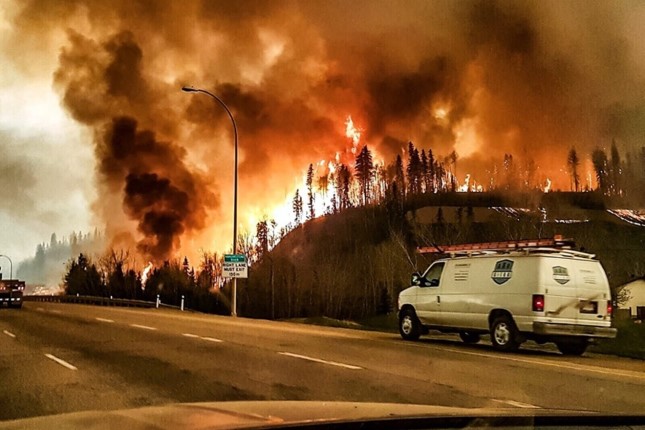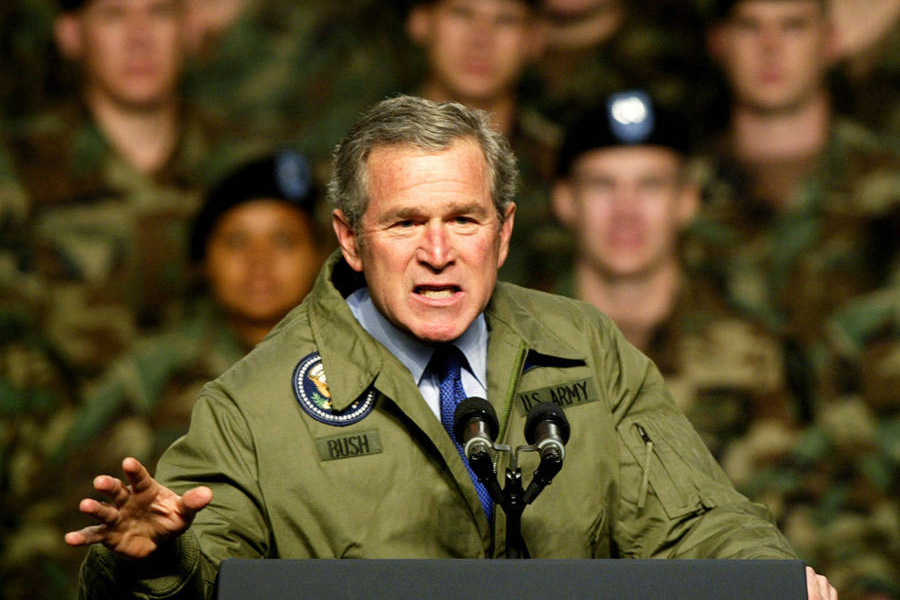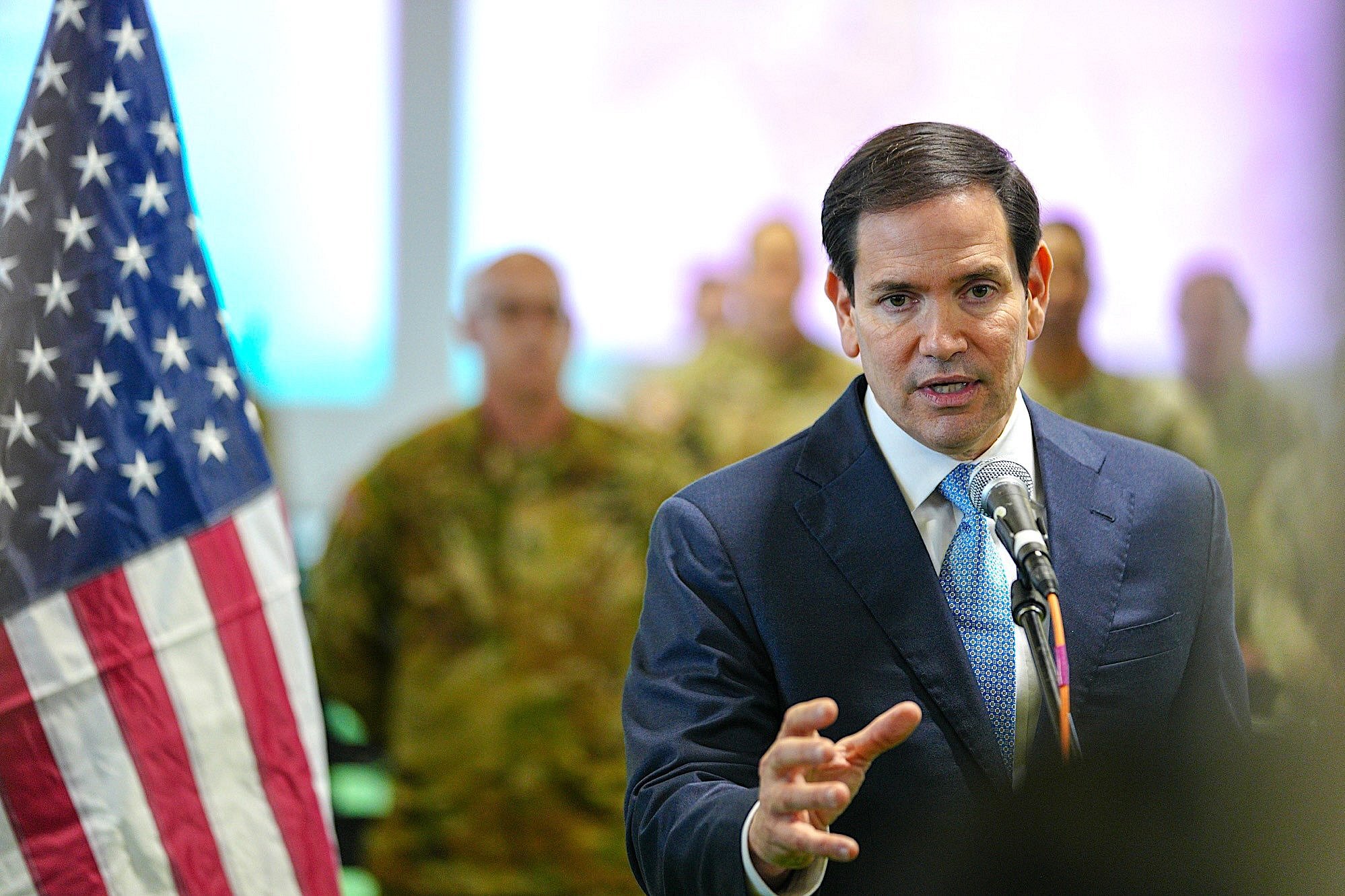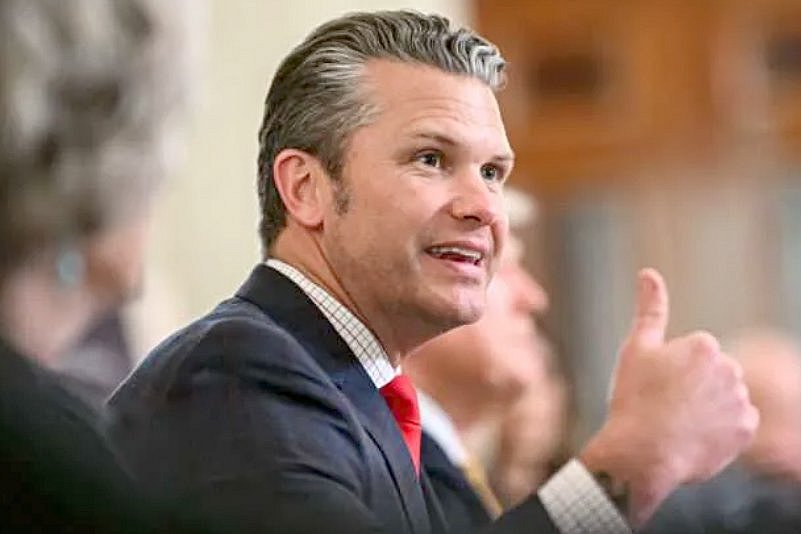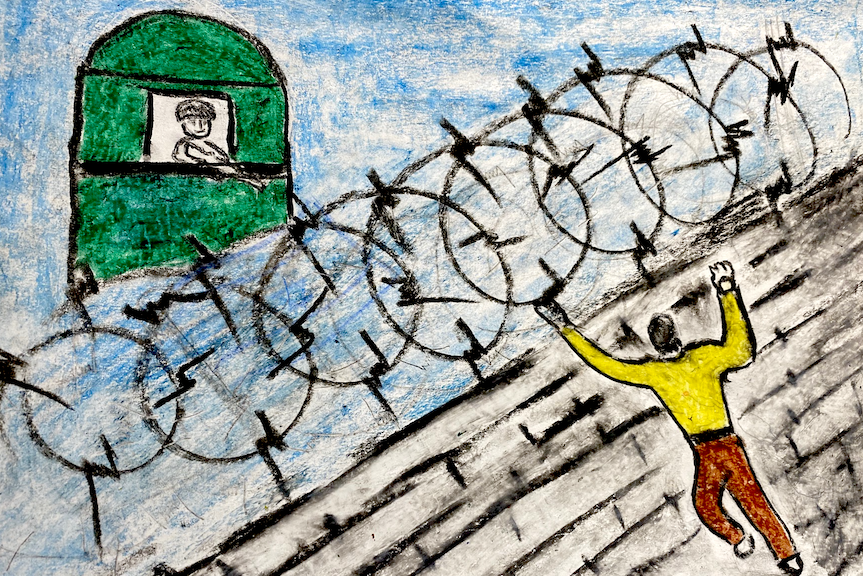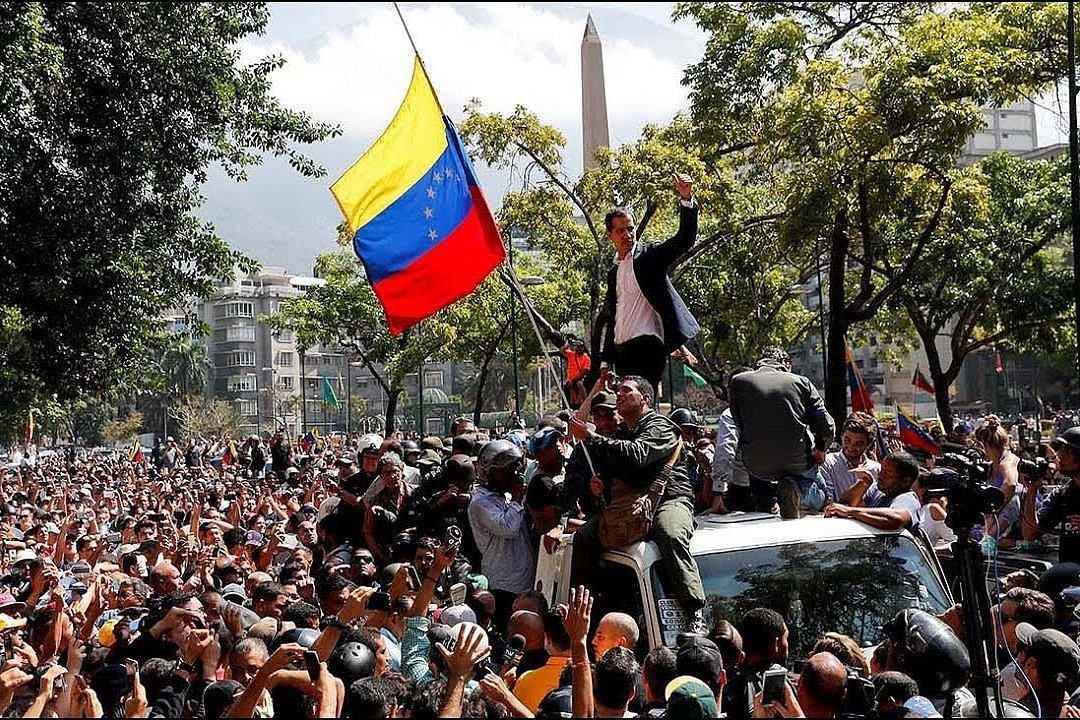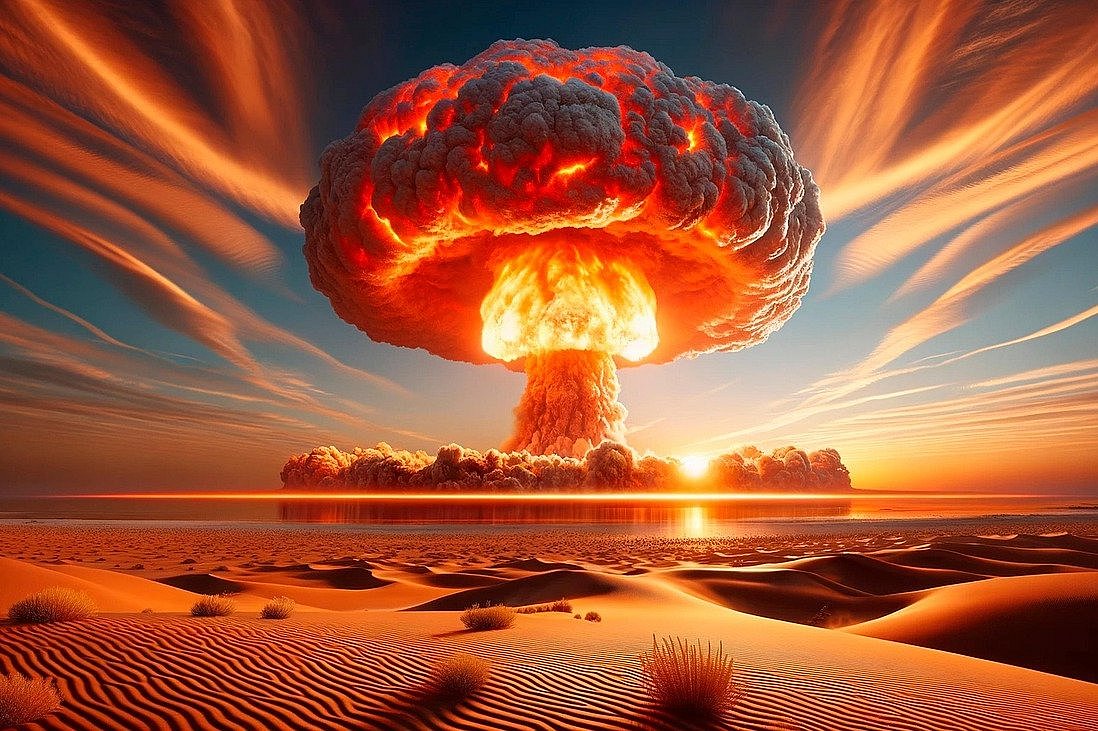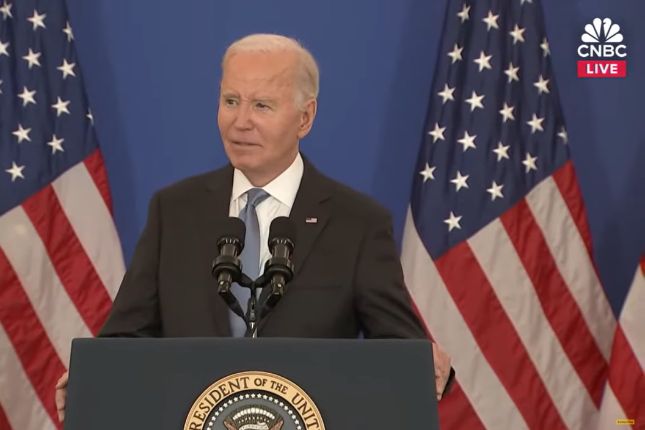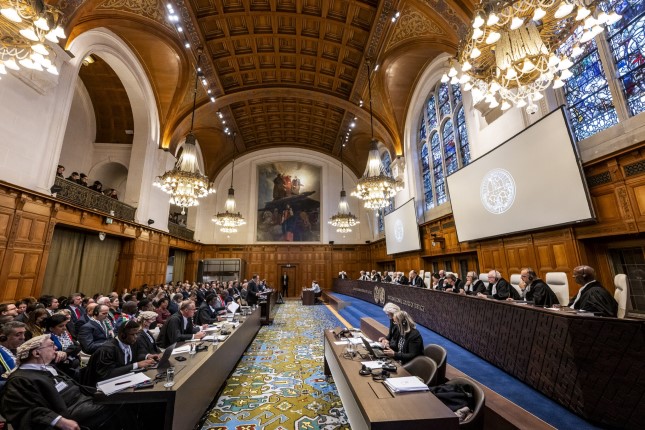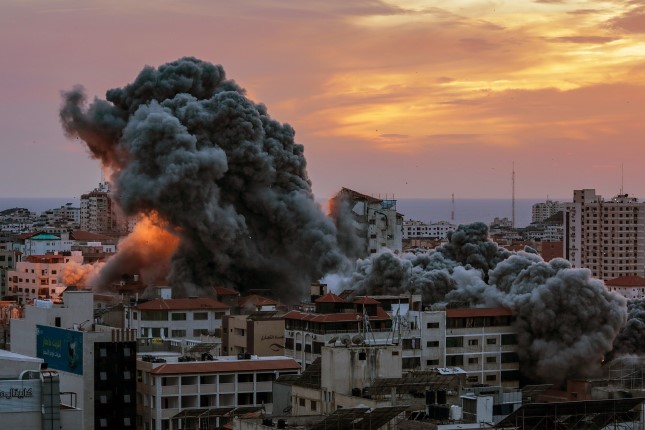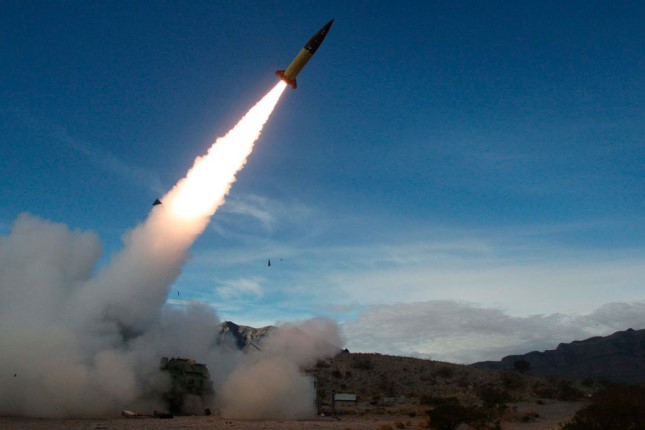As of July 12, fires have engulfed nearly 10 million hectares (100,000 square kilometers), a combined area which dwarfs the province of New Brunswick (72,908 square kilometers) or, to provide a US comparison, the state of Maine (79,883 sq. km.). With more than two months still to go in the country’s fire season, the area burned has already outstripped the fire season of 1989, the previous worst on record, when 7.5 million hectares were consumed by flames.
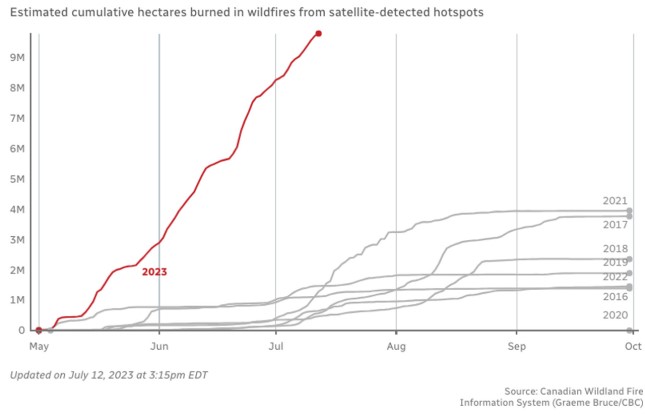
As of July 5 there were 432 active fires across Canada, with 80 deemed to be uncontrolled. Campfires have been banned in British Columbia since Monday as fires broke out across the central Cariboo region.
Fires have raged across the country since early May, approximately two months before wildfire season typically begins. Unusually dry weather saw fires erupt in Nova Scotia at the end of May, destroying several rural suburbs of Halifax. Firefighters from around the world along with members of the Canadian Armed Forces have been mobilized to fight fires, including those that erupted across Alberta in early June, forcing tens of thousands to flee their homes.
The 2023 fire season, which is expected to continue to rage from Quebec to British Columbia to the typically mild North, is being fueled by the impacts of capitalist induced climate change. These include extremely high temperatures and dryer-than-average conditions, which create the conditions for lightning strikes to spark more fires and for man-made fires to spread out of control more easily.
Record breaking heat being experienced in Canada’s northern Northwest Territories is creating prime conditions for the eruption of fires in the sub-arctic region. The first nine days of July saw 17 Territorial temperature records shattered. Saturday saw the hottest temperature ever measured in the Western Hemisphere above the 65th parallel when the mercury in Norman Wells hit 37.9 Celsius (100.2 Fahrenheit).
Immense fires sparked by lightning in central Quebec have sent toxic smoke pouring across Canada and far into the United States, impacting the health of tens of millions, including in Toronto, Montreal, New York City, Chicago and other large urban centers. While governments have advised the elderly and medically vulnerable to stay inside on the worst days, workers have suffered in smoke-filled factories and been forced to breathe extremely unhealthy air on outdoor worksites.
A recent assessment by the Stanford Environmental Change and Human Outcomes (ECHO) Lab found that 2023 is already the worst year on record for cumulative fine particle smoke (PM2.5) exposure, with the average American experiencing a cumulative 400 micrograms per cubic meter of air. Unusually, most of this exposure has been from the Canadian fires, as the US fire season has yet to begin in earnest. The ECHO Lab has recorded a significant increase in smoke exposure since 2019, with the rate more than doubling.
One quarter of Canadians reported in late June that they had been impacted by the wildfires, either directly by the flames or indirectly by smoke.
The World Health Organization reports that indoor and outdoor air pollution is one of the leading killers annually globally, contributing to the premature deaths of 4.2 million people in 2019.
With the Canadian parliament in recess until September, recent weeks have seen little response from the political establishment to the devastating fire season and the clear impact which climate change is having on millions of people’s lives. Outside of floating the possibility of establishing a national fire service, there have been no moves to address the root causes of the record-breaking fire season.
Prime Minister Justin Trudeau, who has made climate change a focus of his election campaigns, was nonchalant when asked about his government’s response to the fires in early June. “With the given projections, it is expected that we have enough resources to cover the summer,” Trudeau told reporters. “If things get worse, we’re developing contingency plans and we will of course make sure that we are there … to ensure that all Canadians are protected right through this summer.”
Meanwhile, the leader of the opposition Conservatives, Pierre Poilievre, has dismissed talk about the fires and climate change as a distraction. He has instead continued to advocate for the elimination of the so-called “carbon tax” to allow the oil corporations and big business to pollute with impunity. Implemented by Trudeau’s government in 2018 with the promise that it would reduce the carbon emissions that drive climate change, the measure has repeatedly fallen short of its already inadequate goals.
With the world experiencing record-breaking heat this year across North America to Asia and Europe, and other effects like flash flooding becoming more frequent, it is apparent that climate change is a global problem and that there will therefore be no solution found on the national level or within the confines of the capitalist nation-state system. Only a movement of the working class united internationally and armed with the latest science will be able to confront the growing catastrophe being wrought by climate change in Canada and around the world.
Source: World Socialist Web Site.
